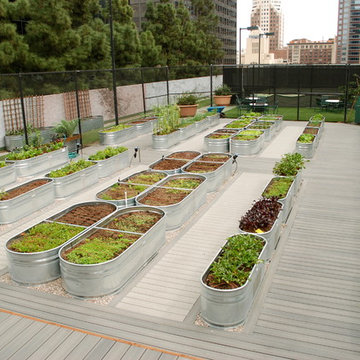Search results for "Micronutrients" in Home Design Ideas
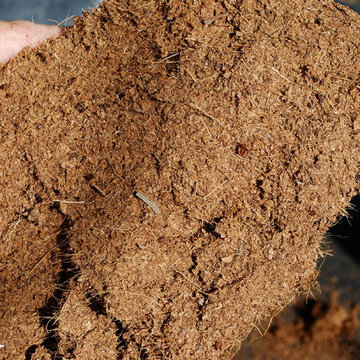
A block of compressed, dried coir (coconut husk fiber). Coir soaks up 5 times its weight in water, and holds it in the potting mix for plants. Unlike peat moss, coir won't repel water if it dries out. An abundant byproduct of the coconut industry, it's more sustainable than peat. I still add some peat to potting mixes for acid-loving plants like blueberries, but use coir for all other uses. Photo by Steve Masley

One-of-a-kind and other very rare plants are around every corner. The view from any angle offers something new and interesting. The property is a constant work in progress as planting beds and landscape installations are in constant ebb and flow.
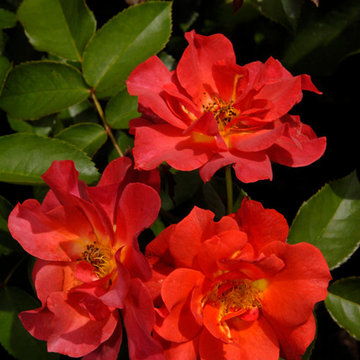
Rosa Cinco De Mayo™
Photo by Ivo M. Vermeulen
Inspiration for a traditional landscaping in New York.
Inspiration for a traditional landscaping in New York.
Find the right local pro for your project
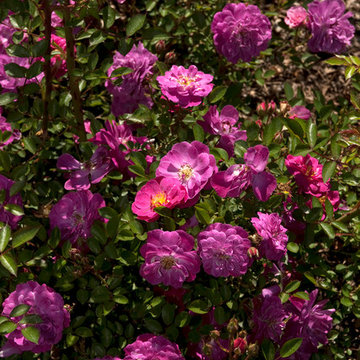
Purple Rain
Photo by Ivo M. Vermeulen
Design ideas for a traditional landscaping in New York.
Design ideas for a traditional landscaping in New York.
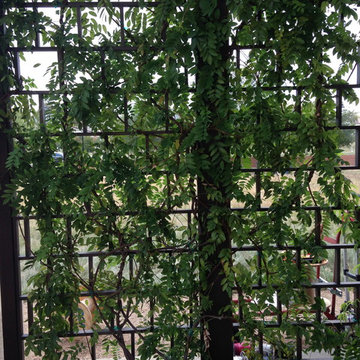
The George Bush Library in Dallas, Texas is maintained with the environment in mind. The soil is fed with micronutrients and biostimulants to keep the native grasses and plants around the property healthy and thriving.
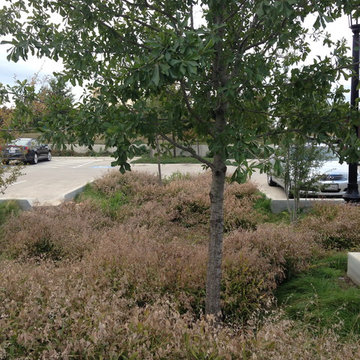
Inland sea Oats planted under this tree is very heat tolerant. The seed heads in fall are very textural.
The George Bush Library in Dallas, Texas is maintained with the environment in mind. The soil is fed with micronutrients and biostimulants to keep the native grasses and plants around the property healthy and thriving.
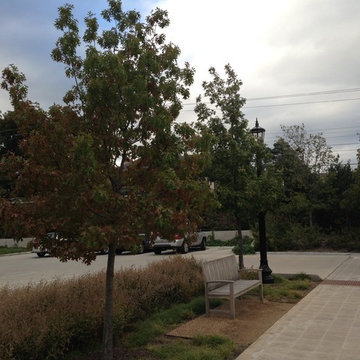
The George Bush Library in Dallas, Texas is maintained with the environment in mind. The soil is fed with micronutrients and biostimulants to keep the native grasses and plants around the property healthy and thriving.
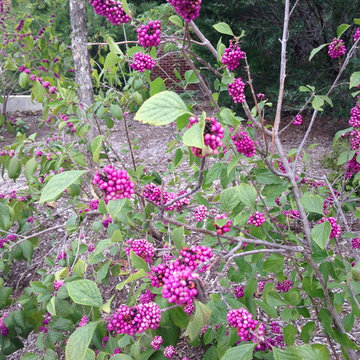
Beauty Berry is a very heat tolerant shrub that offers beautiful magenta berries through winter.
The George Bush Library in Dallas, Texas is maintained with the environment in mind. The soil is fed with micronutrients and biostimulants to keep the native grasses and plants around the property healthy and thriving.
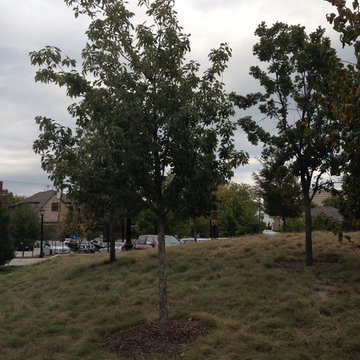
The George Bush Library in Dallas, Texas is maintained with the environment in mind. The soil is fed with micronutrients and biostimulants to keep the native grasses and plants around the property healthy and thriving.
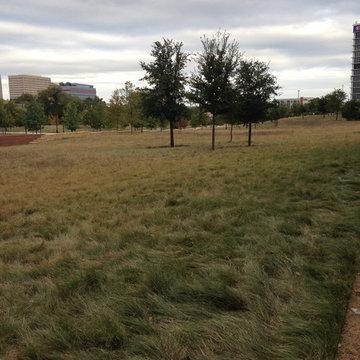
The George Bush Library in Dallas, Texas is maintained with the environment in mind. The soil is fed with micronutrients and biostimulants to keep the native grasses and plants around the property healthy and thriving.

The George Bush Library in Dallas, Texas is maintained with the environment in mind. The soil is fed with micronutrients and biostimulants to keep the native grasses and plants around the property healthy and thriving.
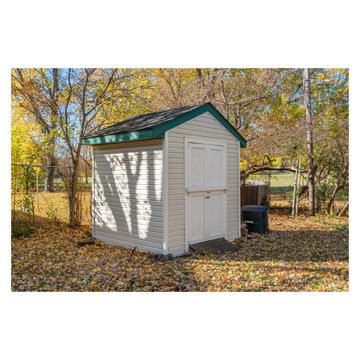
Pepper plants are a delightful addition to any garden, offering a vibrant burst of color and spice to your culinary creations. However, even experienced gardeners can encounter challenges when growing pepper plants. In this blog, we'll explore some common issues you might face and provide practical solutions to help your pepper plants thrive.
1. Slow or Stunted Growth
Issue: Slow or stunted growth in pepper plants can be discouraging, but there are specific steps you can take to address this issue effectively.
Solution:
a. Soil Health:
- Well-Draining Soil: Ensure your pepper plants are in well-draining soil to prevent waterlogged roots, which can inhibit growth.
- Organic Matter: Incorporate plenty of organic matter, such as compost or well-rotted manure, into the soil to improve its texture and nutrient content.
- pH Level: Test the soil pH and adjust it to the ideal range between 6.0 and 6.8 using lime or sulfur as needed.
b. Fertilization:
- Balanced Fertilizer: Use a balanced, slow-release fertilizer designed for vegetables to provide essential nutrients steadily throughout the growing season.
- Compost: Amend the soil with compost to enhance nutrient availability and soil structure. This can promote healthier growth.
c. Watering:
- Consistent Moisture: Maintain consistent soil moisture levels by watering your pepper plants regularly but avoid waterlogging. Aim for 1-2 inches of water per week, adjusting based on your local climate and weather conditions.
- Mulching: Apply mulch around the base of the plants to retain soil moisture and regulate temperature.
2. Yellowing Leaves
Issue: Yellowing leaves can be a sign of various underlying problems, but addressing them promptly can restore the vibrancy of your pepper plants.
Solution:
a. Nutrient Deficiencies:
- Balanced Fertilization: Use a well-balanced fertilizer that includes micronutrients to address nutrient deficiencies.
- Specific Nutrients: If you suspect a particular deficiency, such as magnesium, iron, or nitrogen, apply the appropriate nutrient supplement following package instructions.
b. Pest and Disease Control:
- Pest Inspection: Regularly inspect the leaves and stems for common pests like aphids and mites. Remove affected leaves and treat with organic pesticides if necessary.
- Disease Management: Look out for signs of diseases like bacterial leaf spot or fungal issues. Apply organic fungicides or bactericides as recommended.
3. Blossom Drop
Issue: When pepper plants drop their blossoms prematurely, it can hinder fruit development and lead to disappointment.
Solution:
a. Temperature Control:
- Stable Temperatures: Ensure your pepper plants are exposed to consistent temperatures between 70°F and 80°F (21°C to 27°C) during flowering. Avoid sudden temperature fluctuations by providing shelter or using row covers.
b. Pollination:
- Assist with Pollination: If growing peppers indoors or in a greenhouse, help with pollination by gently shaking the plants or using a small brush to transfer pollen between flowers. Outdoor pepper plants are usually pollinated by insects.
4. Wilting Plants
Issue: Wilting or drooping pepper plants can be a sign of various problems, but proper care can revive them.
Solution:
a. Watering:
- Consistent Moisture: Adjust your watering routine to keep the soil consistently moist but not waterlogged. Water early in the day to prevent fungal issues.
- Drainage: Ensure proper soil drainage by amending the soil or using raised beds to prevent waterlogged roots.
b. Pest Control:
- Pest Inspection: Examine the undersides of leaves for signs of pests like aphids, spider mites, or whiteflies. Treat infestations promptly with biological insecticides.
5. Curling Leaves
Issue: Curling or misshapen leaves indicate stress in pepper plants, which can be caused by various factors.
Solution:
a. Environmental Stress:
- Stable Conditions: Ensure your pepper plants are in an environment with stable humidity, temperature, and adequate air circulation. Avoid sudden changes in conditions.
- Proper Ventilation: Adequate air circulation can reduce humidity and prevent fungal issues.
b. Pest and Disease Management:
- Pest Inspection: Regularly inspect your plants for pests and diseases, addressing them promptly with organic remedies as needed.
6. Sunscald
Issue: Sunscald can lead to discolored, leathery patches on pepper fruits when exposed to intense sunlight.
Solution:
a. Shade Cloth:
- Sun Protection: Shield your pepper plants from harsh sunlight during the hottest part of the day using shade cloth or by planting them where they receive some filtered sunlight.
b. Pruning:
- Fruit Shading: Prune excess foliage to allow better fruit shading, reducing the risk of sunscald. Ensure that there's a balance between foliage and fruit.
7. Pepper Plant Pests and Diseases
Issue: Aphids, mites, whiteflies, and various diseases can affect pepper plants, but you can manage them effectively.
Solution:
a. Regular Inspection:
- Vigilant Monitoring: Regularly inspect your pepper plants for signs of pests or diseases, paying close attention to the undersides of leaves and stems.
b. Organic Remedies:
- Pest Control: Use organic remedies like neem oil, insecticidal soap, or diatomaceous earth for pest control.
- Disease Management: Apply organic fungicides or bactericides as recommended to manage diseases like powdery mildew or bacterial spot.
While growing pepper plants can present various challenges, these common issues are manageable with the right knowledge and care. Regular monitoring, proper soil preparation, and timely intervention can help you enjoy a bountiful harvest of vibrant, spicy peppers. Remember that gardening is a learning experience, and each challenge you face is an opportunity to improve your skills and enjoy the rewards of homegrown peppers in your favorite dishes.
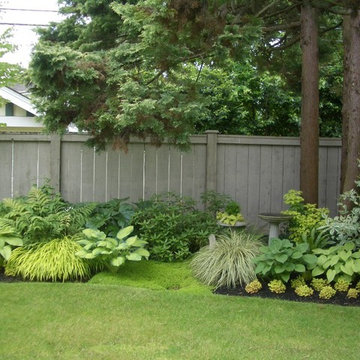
© 2012 Glenna Partridge. All rights reserved.
Design ideas for a traditional landscaping in Vancouver.
Design ideas for a traditional landscaping in Vancouver.
Showing Results for "Micronutrients"
1






